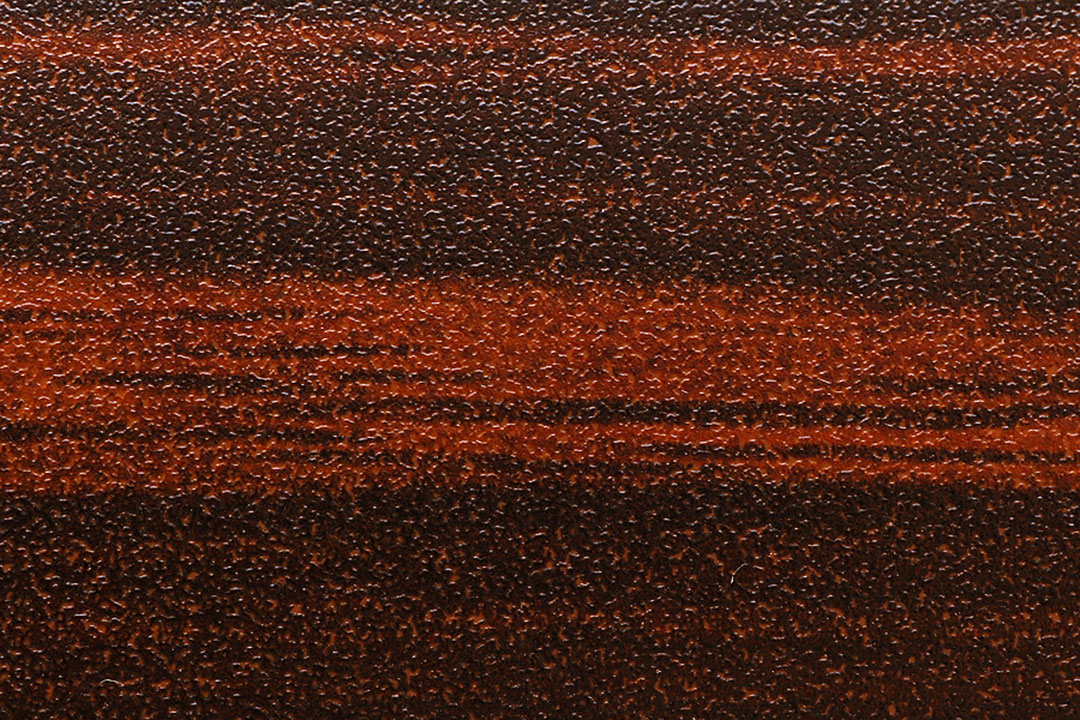Injection molding is one of the most effective ways to produce identical plastic parts and products. Plastic injection molding towers over other plastic molding methods because it’s simpler, highly reliable, and highly efficient. One of the key selling points of injection molding is the ability to create custom products that don’t require additional work. The process also allows you great flexibility in surface finish options and choice of assembly methods.
Surface Finish Options
When working with plastic injection molded parts, surface finish options largely depend on the part and the chemical makeup. Your choice of surface finish has a distinct effect on the appearance and performance of the finished product. Therefore, your engineer and your injection molder must work closely to determine the best surface finish.
Typically, your choice of surface finishing depends on your primary goal. Do you wish to use the finishing to create a beautiful part or improve its functionality? The answer determines the best injection molding process to produce your plastic parts.
Functionality or Visual Appeal?
Design engineers use texture to achieve various aesthetic goals. Careful choice of texture can improve the product’s perceived value by giving the appearance of depth and a polished look.
On the flip side, textured finishes have a functional role in the product’s appearance. Texture helps hide imperfections such as blush marks, flow lines, and shadow marks. Texturing can also create a rugged surface to help the part withstand rough handling during shipping.
Besides improving a part’s aesthetic appeal, textured finishes have various functional benefits, including:
- Enhanced paint adhesion: Paint adheres better on a textured surface and is unlikely to come off during additional molding.
- Superior sticker adhesion: Textured surfaces improve sticker adhesion to give the product a clean, polished feel.
- Eliminating plastic flow creases: Textured thickness eliminates creases while adding strength and giving the finished part non-slip qualities.
You should consider surface finish early on during the design process because it influences your choice of materials, tooling procedures, and more.
- Surface finish options: The choice of surface finish options when working with plastic parts include etching, bead blast, leather grains, geometric, or graphics.
- Choice of materials: The type of materials, additives, and production methods such as pressure, fill rate, and temperature affects your ability to achieve a gloss and rough finish. A strong understanding of material science is necessary to develop the right combination of material and procedure to achieve the desired finish.
- Injection speed: The rate at which molten plastic is injected into a mold affects the part’s surface appearance and texture. Fast injection speeds produce a smooth, beautiful surface with a glossy sheen and minimal weld lines.
Parts Assembly
Choosing an assembly method for your new product line is an important consideration. It’s critical because the major assembly and joining operations variables are highly dynamic. Customer needs, application requirements, product designs, joining technology, and product materials constantly change.
These factors are continually changing, and they have a significant impact on business and its operations. They’ll affect your competitiveness, business and product performance, production costs, and quality of operations.
Typically, the three primary ways of joining or assembling products made from plastic parts are mechanical, adhesive, and welding.
Mechanical Assembly Methods
Mechanical joining is ideal for plastic parts that require routine disassembly during their working lives. Screws, rivets, snap-to-fit, and press-to-fit joints are the most common mechanical assembly method. They’re commonly used on mass-produced products ranging from small devices, electronics, home appliances, computers, and cars.
Adhesive Joining Method
Adhesives are one of the two methods of permanently joining plastic components. They’re commonly used to bond or join plastic parts to non-compatible materials. These materials are non-compatible because they have different melting and physical characteristics that don’t allow plastic welding methods.
Adhesives fall into various categories, and they deliver vastly different results. It’s best to work with a reliable adhesive manufacturer to determine the best glue for your product for the best results. You factor in the cost of the adhesive and any special tools necessary to apply it.
Plastic Welding
Plastic welding applies heat and pressure to join two or more plastic parts. Welding is a permanent method of assembling plastic parts and is also ideal when the plastic parts are compatible with each other. It’s the go-to solution when you need to create a tamperproof seal or permanently joint plastic components.
Unlike other plastic assembly methods, plastic welding doesn’t use consumables such as glue or fasteners. That helps significantly lower the cost of production and create a range of affordable products.
Plastic welding refers to a range of joining technology that continually changes to accommodate varying market needs. Some of the most popular welding technology on the market today include:
- Ultrasonic welding
- Laser welding
- Thermal processing
- Vibration welding hotplate welding
Pick the Best Surface Finish Options and Assembly Methods
Surface finishing and assembly are indeed critical for creating a plastic part component. The finishing determines the part’s aesthetic appeal, functionality, choice of production materials, and process. The choice of assembly method determines the cost and application of finished products. Combined, these two factors especially influence your ability to create beautiful, functional, and highly efficient products.
At Proto Plastics, we’re your one-stop-shop for all your custom plastic molding needs. We can design, mold, finish, and assemble all your plastic products under one roof. We produce technically demanding, close tolerance parts for various industries, including automotive, medical, construction, electronic, and aerospace sectors.
Contact us today to discuss your custom plastic molding needs.

